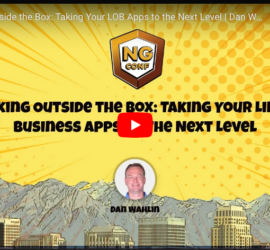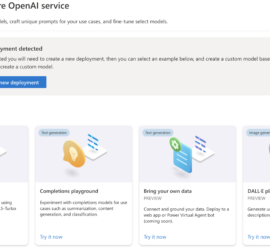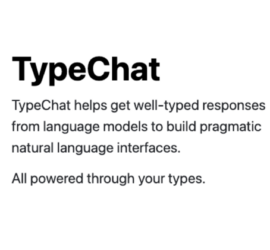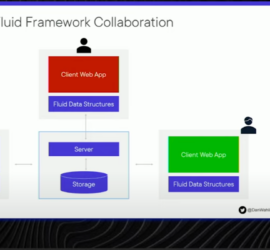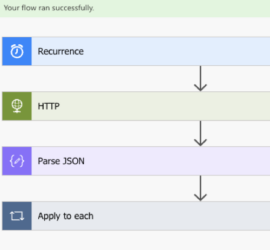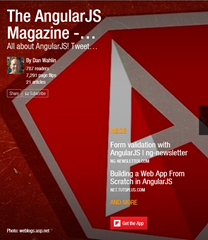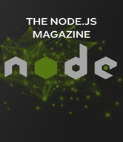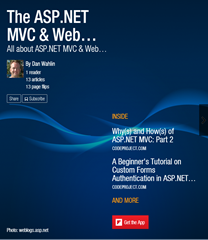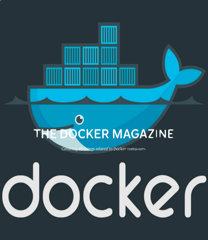What are Some Good Generative AI Prompt Engineering Resources?
One AI question I get a lot is, “What are some good prompt engineering resources?”. Here are a few I’ve found useful: ✅ OpenAI Prompt Engineering Documentation✅ Azure OpenAI: Introduction to Prompt Engineering✅ Prompt Engineering Guide✅ AI Builder Prompt Engineering Guide (PDF)✅ DeepLearning.AI: ChatGPT Prompt Engineering for Developers✅ Brex’s Prompt Engineering Guide There are many more out there, but these will help get you started. If you have a favorite, please add a comment so others can see it too. If you want to start using prompts in different Generative AI scenarios and learn more about AI building blocks in general, check out: ✅ OpenAI Cookbook (examples […]


